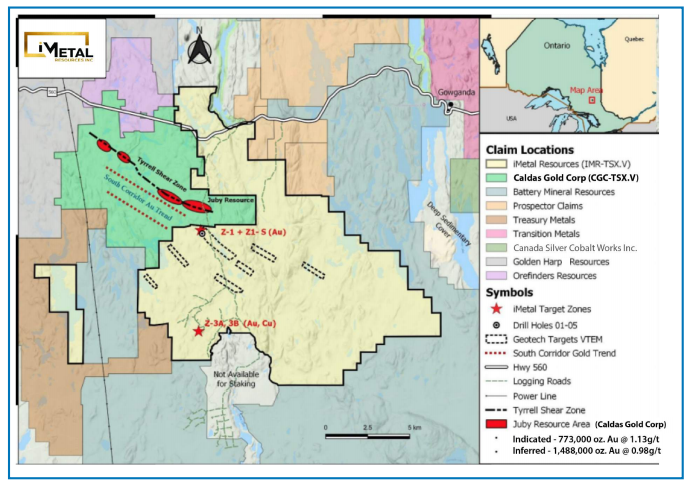
For decades, researchers have toiled away in the quest to provide nuclear power that is cheap, safe, and stable.
And for just as long, skeptics have said their work will never pay off.
But a team from Sandia National Labs has just hit a new milestone that is paving the way for a viable nuclear-fusion concept at last.
This breakthrough is crucial for two reasons.
First, U.S. environmental groups still largely oppose our current type of nuclear power. It's based on nuclear fission—in which one atom inside a reactor gets split into two. Nuclear power plants use the resulting release of energy to warm water and produce steam to drive turbines.
But the nuclear accident in Japan after the earthquake and tsunami last year gave fresh ammo to global foes of fission-based power, who say it is patently unsafe. Indeed, two weeks ago, Japan said it would close all nuclear plants by the 2030s. Not only that, but here in the U.S., we face a lot of trouble getting rid of spent nuclear rods without hurting the environment.
Then there's the terrorist threat. Some security experts warn that we can't be certain terrorists will never take over a nuclear-power plant. If they did that, they could possibly destroy the plant or steal enough nuclear fuel to make a bomb.
Those two reasons alone have many scientists still hoping for a breakthrough that will make nuclear fusion work.
You see, in a fusion reactor, there's no possibility of some catastrophic accident releasing destructive amounts of radioactivity. That's because nuclear fusion can only take place in precisely controlled limits of temperature, pressure, and magnetic field. If the reactor sustained damage, those parameters would be disrupted, and it would immediately shut down.
And it gets better.
See, Earth already relies on fusion energy—that's what powers the sun.
By using the same fuel the sun does, namely hydrogen, we would have enough raw material in our oceans to last us thousands, if not millions, of years. So if we could get "high-gain" fusion to work, we could get 1,000 times more power out than the energy supplied by the fuel.
But that's the big problem facing this field. As of now, it still takes more power to get two atoms to fuse together than you get back out from the process. That means it isn't economical. (Think of it as trying to line up several stars and use them to replace the sun.)
Now along comes Sandia and its new advance.
The lab has created a system in which controlled nuclear fusion could work at break-even or better within the next few years. The team says this has "extraordinary energy and defense implications."
And to think—it all hinged on coming up with a new type of "liner". . .
Themajor challenge for fusion research: finding a way to contain hot plasma—one hot enough to melt any container—long enough to get energy out.
In the experiments the team just completed, new beryllium liners remained reasonably intact and in the shape of a cylinder throughout the electromagnetic implosion.
In this process of implosion, the liners are hit with a huge magnetic field from Sandia's Z machine. That's the world strongest pulsed-power laser. Pulsed power refers to a type of tech that takes electrical energy and turns it into short pulses of huge power.
Had the liners suffered too much damage, the process would not have yielded enough atoms to get them to fuse. For fusion to truly work, these metal liners have to maintain their integrity while they implode from the force of all that energy.
Now you know why this latest advance could lead to an energy game changer.
This proof of concept proved vital for another big reason, too.
Sandia is working on a system it calls MagLIF. The platform will use magnetic field and laser pre-heating as part of the quest for realistic fusion power. Now, the team wants to build on their success with the new liners by testing the whole MagLIF concept as early as the end of next year.
We still have a lot of ground to cover to make fusion energy come true. But that's the great thing about the Era of Radical Change. Researchers are pushing the boundaries of science every single day.
If just a fraction of all these new findings live up to their promise, we're still looking at a very bright future indeed. Stay tuned.
Martin Hutchinson
Money Morning


























































